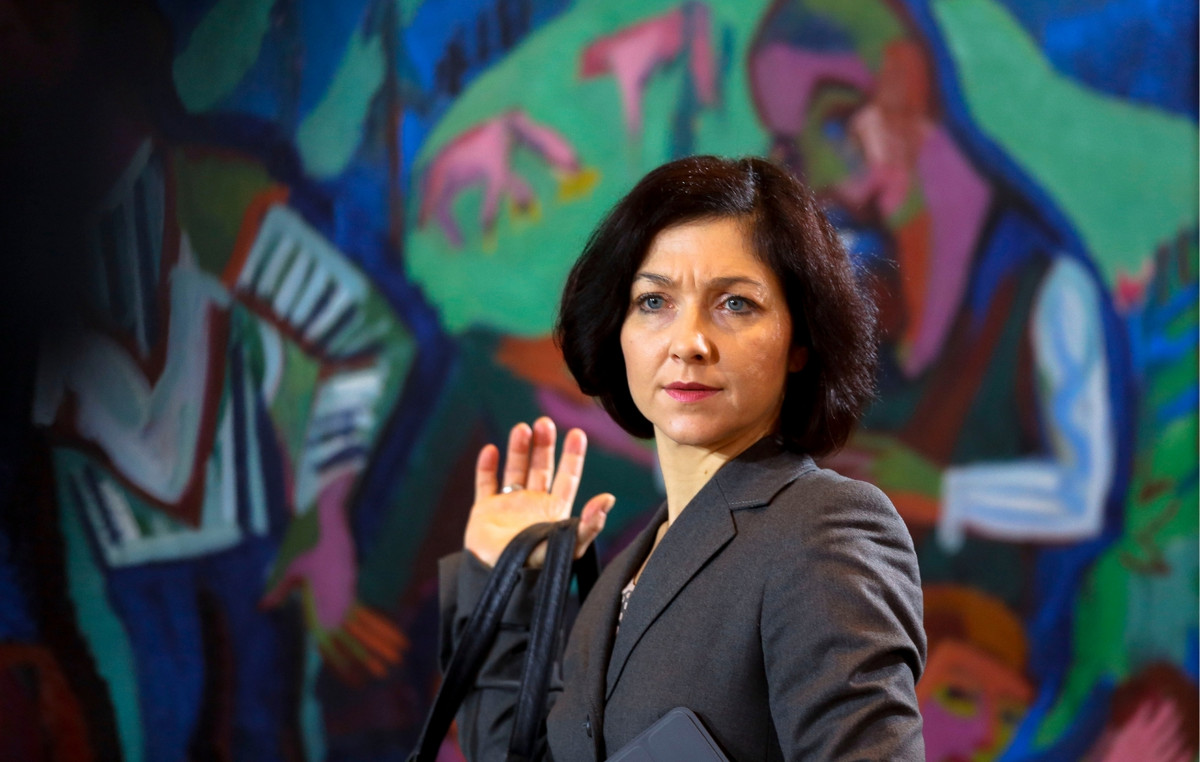The Central Bank (BC) released this Thursday (03) the Financial Stability Report (REF), a document that outlines the evolution of the prospects for financial stability in Brazil, focusing on the main risks and the resilience of the Financial System National (SFN).
In a press conference, Paulo Souza, director of inspection at the BC, said that the analyzes carried out indicate that there is no relevant risk to financial stability. The capital stress tests carried out in this report demonstrate that the banking system maintains appropriate provisions at the level of expected losses, and comfortable capitalization and liquidity.
Souza highlights the growth of credit to micro, small and medium-sized companies (MSMEs). “Larger companies continued accessing mainly the capital market, but started to increase operations with the banking system again. Bank credit for individuals (Individuals) maintained the high pace of growth, especially in non-payroll loans and credit cards”, he shows.
Credit to MSMEs, according to the report, also continued to grow strongly, especially to finance working capital in micro-enterprises and investment in medium-sized companies.
Talking about credit growth, Souza says that the numbers are still compatible with the economic situation, registering a rise in positive levels, as well as the country’s GDP. An example given by him is the case of credit unions, which came from growth throughout the pandemic, but had a cooling down. Even so, it registered an expressive growth in the order of 30%.
“In the case of public banks, there was also a more recent resumption of growth, and private banks continue to be in the 20% growth range, year after year”, he points out.
Souza emphasizes that, even going through an adverse scenario throughout 2020 and 2021, credit grew and had a greater distribution among all segments. He highlights credit cooperatives in the micro, medium and small companies segment. “During this period, the representation in relation to the total portfolio rose from 11% to 15%, due to the strong pace of growth. On the part of individuals, there was a more significant participation of digital institutions – the result of a policy of competition, inclusion and financial education”.
The profile of the financial system’s credit portfolio for individuals is represented by mortgage loans, payroll loans, rural credit, and a stronger return on the credit card part – which had suffered a drop in the pace of growth throughout the pandemic. There was also growth in non-consigned credit, which are the most risky lines.
“The movement of credit from individuals reached R$ 442 billion in the first half of 2022. Of the total, R$ 380 billion was from the cash card (ordinary payments in the population). Revolving credit – with the highest interest rate – was in the range of R$ 28 billion. The overdraft account registered R$ 29 billion”, he highlights.
risk control
For him, all these movements increased the materialization of risk due to riskier concessions in previous quarters and should remain high due to the maintenance of risk appetite of financial institutions in credit to families and microenterprises.
In this scenario of credit growth, Souza shows that the confidence index of economic agents is at its highest level since the beginning of the historical series, which began in 2012.
Also during the press conference, the BC inspection director explained that, despite higher expenses with provisions, the profitability of the banking system remained stable. “The banking system remains with comfortable liquidity to maintain financial stability and the regular functioning of the intermediation system”, demonstrated Souza.
Source: CNN Brasil
Joe Jameson, a technology journalist with over 2 years of experience, writes for top online news websites. Specializing in the field of technology, Joe provides insights into the latest advancements in the industry. Currently, he contributes to covering the world stock market.







